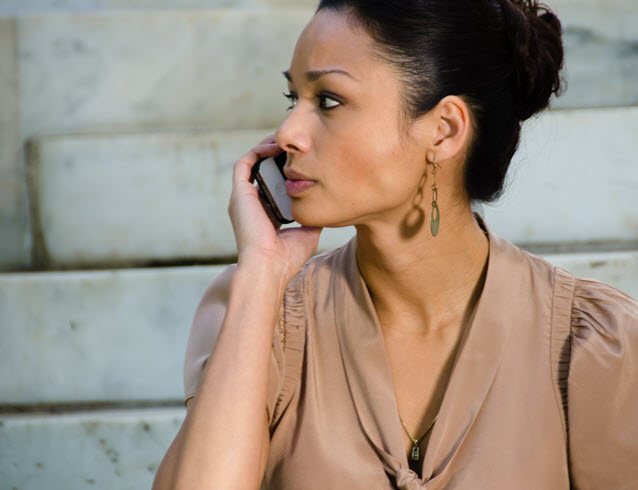5 Unexpected Cell Phone Tips that Could Help You During an Emergency
Whether you’re in a car accident or enduring a natural disaster, there are obvious benefits of having a smartphone. Although you can use the phone to call 911 or contact family and friends, it can be useful in other, more unexpected ways, too. Though you can’t predict when an emergency will happen, you can do your best to prepare for one by knowing what tools are available to you on your smartphone and planning ahead.
If you’re ever caught in an unexpected crisis, here’s how your phone can come to your rescue.
1. Set up medical ID on your phone
Did you know that iOS and Android phones offer a feature that functions as a medical card? The same way people wear a medical ID bracelet, there’s a way to store information about yourself on your smartphone. If you’re ever involved in an accident and unable to talk with first responders, the information they need about you can be available on your phone’s home screen.
To set up medical ID on an iPhone, open the Health app and select the medical ID option at the bottom of the screen. Fill in your emergency contact, your blood type, your birthday, and provide a rundown of any medical conditions, medications and allergies you have.
The good thing about this feature is that first responders can access this information even when your phone is locked. There’s an “emergency” link on the lower corner on your home screen. By clicking this link, your medical ID information appears on your screen.
2. ICE – In Case of Emergency
If your smartphone doesn’t have a medical ID feature, another option is creating a contact in your phone using the acronym “ICE,” which stands for “in case of emergency.”
In the event that you’re in an accident and unable to respond, first responders can scan your contacts and contact the person listed under ICE. Include this person’s name, their home number, their cell phone number and any other alternate numbers you might have. You can add multiple people under this contact.
The downside to this method is that first responders can only access your contacts when your phone is unlocked.
3. Download an app that detects an accident
If you’re involved in a single car accident on a secluded road, you might be unable to reach your phone, or you might be unconscious and unable to call for help. Under these circumstances, it’s helpful to have an app on your phone that can detect an impact and sense an accident, such as the SOSmart automatic car crash detection app (available for iOs and Android devices). In the event of an accident, the phone will call emergency personnel and use your phone’s GPS signal to notify police of your location.
4. File an insurance claim
Some auto insurance carries have apps for their customers to download. These apps are convenient in the aftermath of a car accident. You can file an insurance claim directly from the app, as well as take and upload photos to your insurance company. If your provider doesn’t have their own app, there are also third-party apps you can download with similar features, such as iWrecked. This is a full-feature auto accident assistant app for uploading details about a crash.
5. Use your phone as a recording device
Use your cell phone at the scene of an accident to record testimony given by witnesses. Make sure you ask for their permission first. If the person is okay with you recording their statement, have them state their name, their phone number and the date before they give their testimony.
Cell phones are an invaluable tool regardless of the situation. Rather than think of your cellphone as only a means to dial 911, become familiar with it’s other features so you’re prepared during a crisis.
